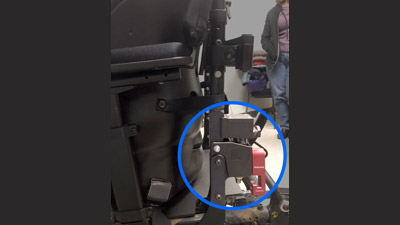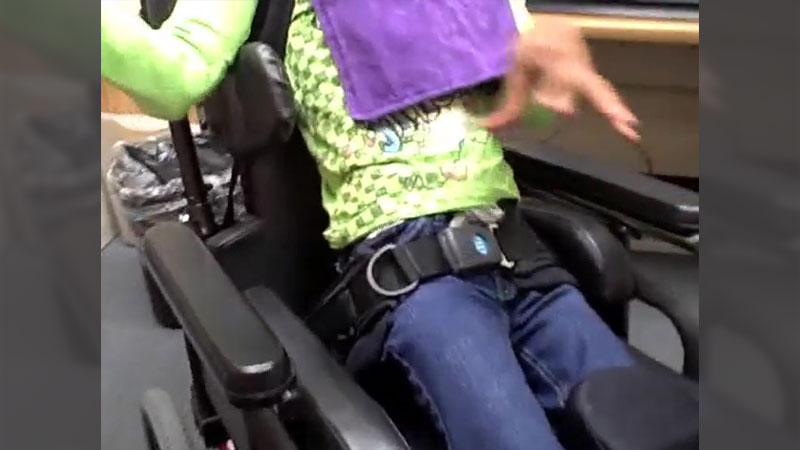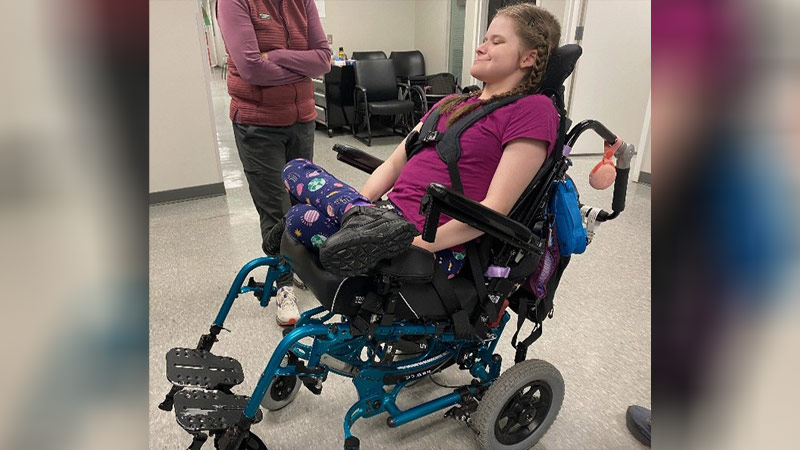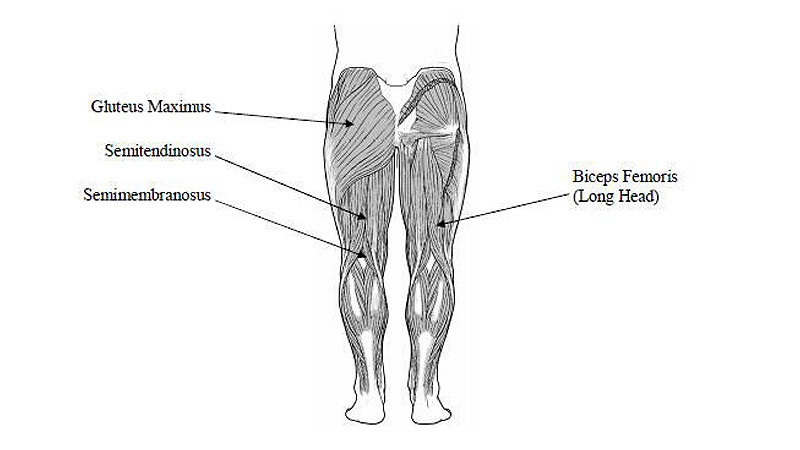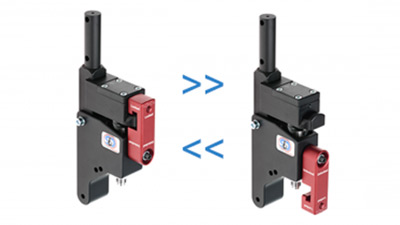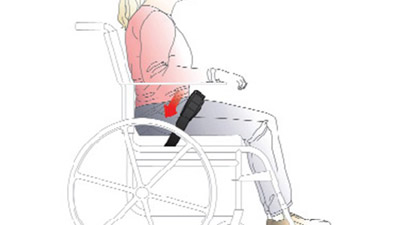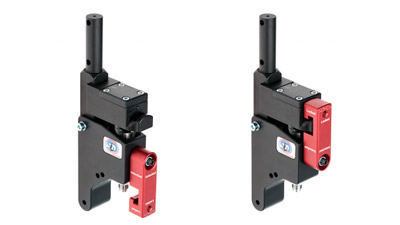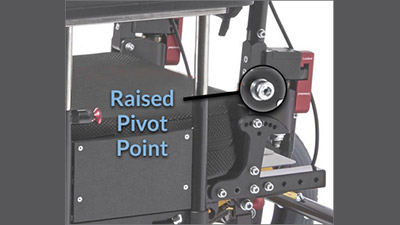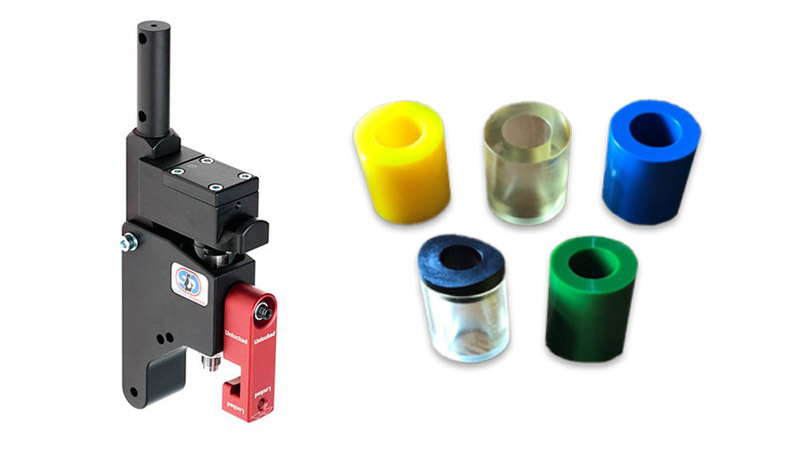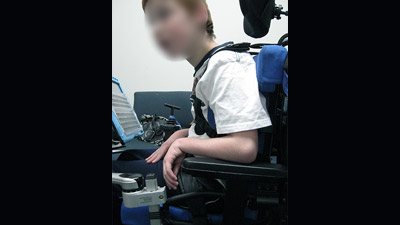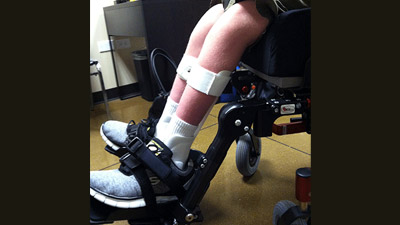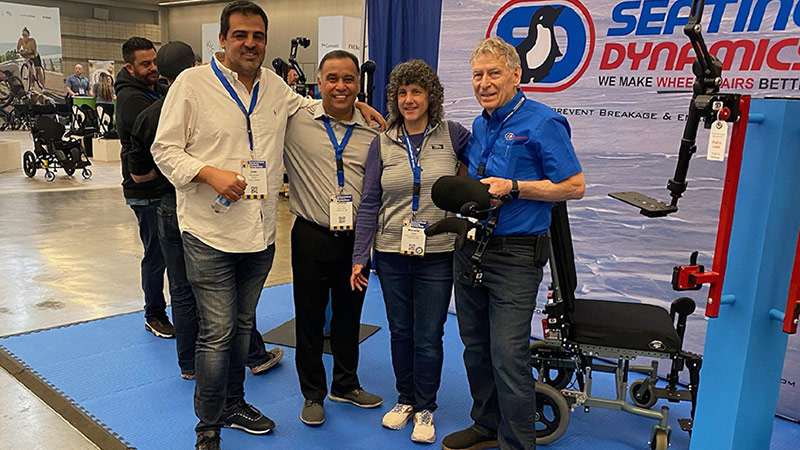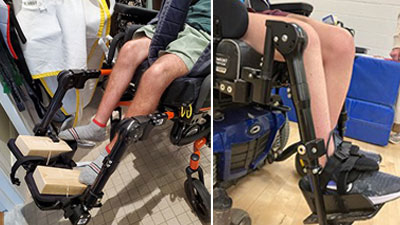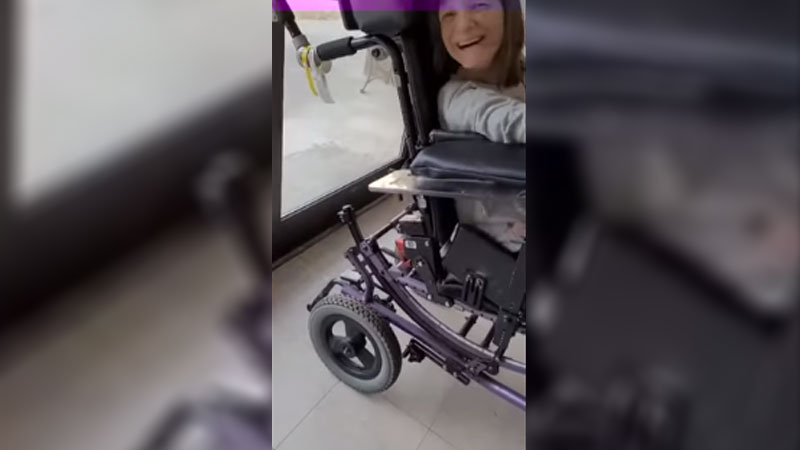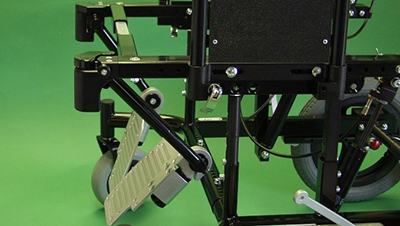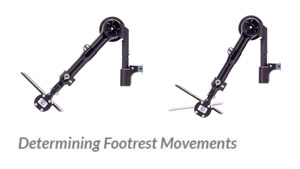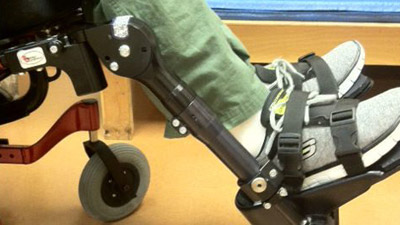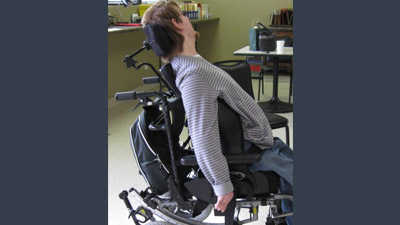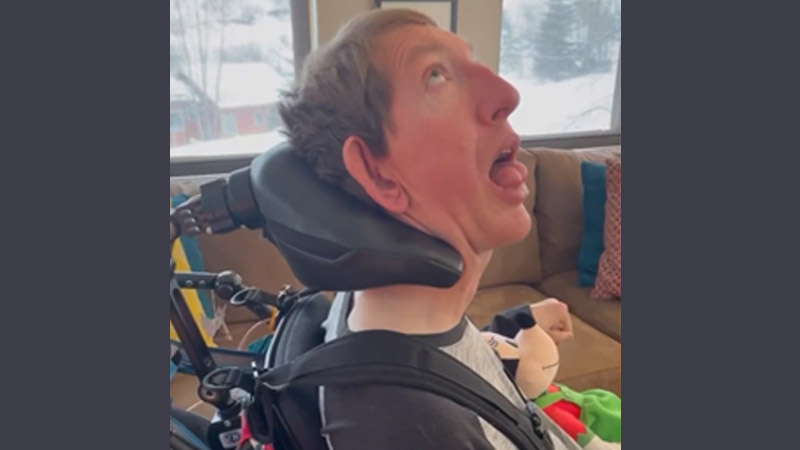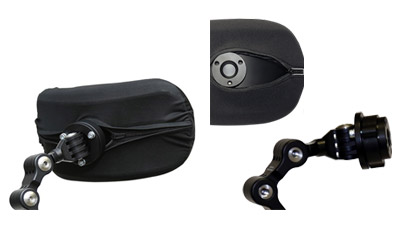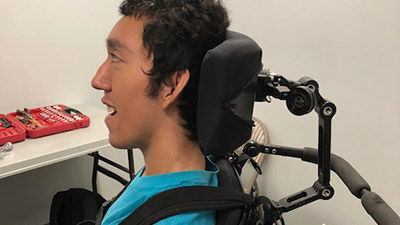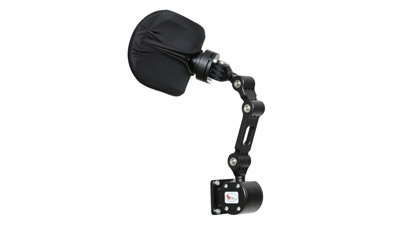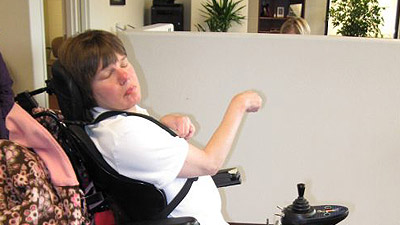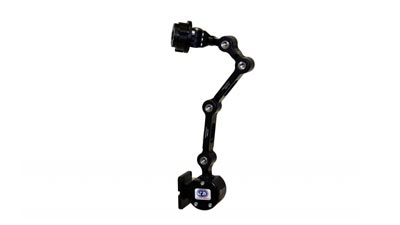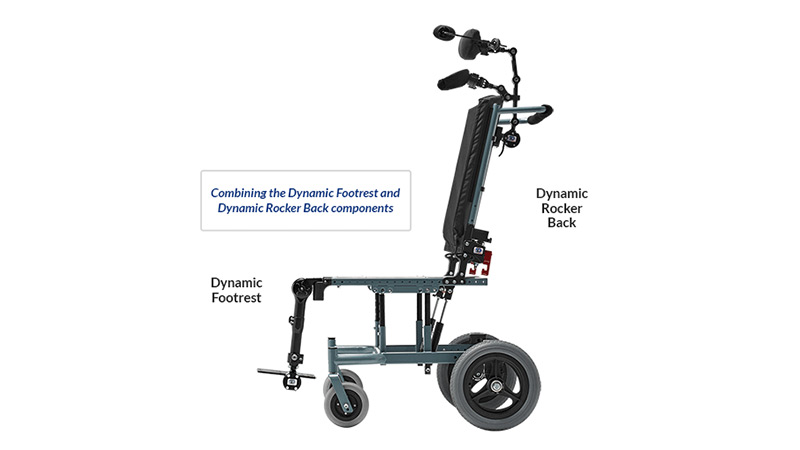Dynamic Seating at the Pelvis
Allowing Movement Of The Pelvis Without Loss Of Position
Seating Dynamics explains how dynamic pelvic components allow clients to tilt their pelvis forward and return upright to a neutral position.
FAQ: What Happens to Posture with Hip Extension?
In a recent Seating Dynamics webinar, Maintaining Posture by Providing Movement, OT Michelle Lange asks the participants to extend at their hips while sitting and to note what changed in their posture.
Alex – keep those wheels on the floor!
In this blog, we shall explore solutions for clients whose strong movements are actually lifting the casters right off the floor.
Review of Hip Musculature and Impact of Dynamic Back Design
A whopping 21 muscles cross the hip – and I’m absolutely certain I can’t name them all. These muscles provide movement in 3 planes and provide stability between the femur and acetabulum (the hip joint).
Wheelchair Seating Surfaces, Cushions & Dynamic Seating
Can a Dynamic Back be used with any type of seat? Does the movement allowed by this component limit what seating surface can be used? This is an important consideration. A seat or cushion is typically designed to support the pelvis and provide pressure distribution when the client is in a static position. Dynamic seating gets things moving!
Bread and Butter: Dynamic Backs and Pelvic Positioning Belts
Michelle Lange discusses why it is critical to use a pelvic positioning belt with a Dynamic Back and how to address objections in a restraint-free environment.
The Dynamic Rocker Back Interface: when should I lock it out?
The Dynamic Rocker Back Interface (DRBi) is a Dynamic Back that moves in response to client force. The elastomers in this Dynamic Back then return the client to an upright position. Some Dynamic Seating components “lock-out” or “latch” to temporarily render the component static. When should the DRBi be locked out?
Dynamic Seating at the Trunk
3 Reasons to Provide Dynamic Posterior Movement of the Trunk and Pelvis
Seating Dynamics explains how a dynamic back rest provides clients with posterior trunk and pelvis movement.
Dynamic Rocker Back interface – Factors which contribute to elastomer wear Part 1
How do the Elastomers in the Dynamic Rocker Back interface work? Let’s start with Seating Dynamics DRBi elastomer basics.
Dynamic Rocker Back Interface – Indicators that the elastomers need to be changed Part 2
The elastomers in a Dynamic Rocker Back interface (DRBi) are designed to absorb client forces, store force as energy, and use that energy to return the client to upright sitting.
Dynamic Seating Provides Anterior Movement Of The Trunk – Part 2
Our last blog addressed dynamic seating used to provide posterior movement of the trunk. Anterior movement of the trunk can also be facilitated.
Dynamic Seating at the Legs
3 Reasons to Provide Movement at the Knee
Seating Dynamics explains the importance of dynamic wheelchair footrests that allow movement at the knee to reduce client injury and wheelchair damage.
New Feature on our Dynamic Footrests: Footplate Rotation!
Dynamic Footrests feature 4 distinct movements, telescoping, knee extension, ankle plantar/dorsi flexion and now footplate rotation!
Alex – keep those wheels on the floor!
In this blog, we shall explore solutions for clients whose strong movements are actually lifting the casters right off the floor.
Dynamic Footrests: Alex needs movement, force diffusion, and stability
In our last two blogs , we met Alex, a young woman who has very forceful and large movements as well as increased muscle tone.
International Seating Symposium 2023
Seating Dynamics was happy to exhibit at the 38th International Seating Symposium (ISS) this year in Pittsburgh! With approximately 2500 participants from 35 countries and over 100 exhibitors, the Convention Center was busy!
Newly Designed Dynamic Footrests! It’s all about the Pivot Point!
Dynamic Seating components are designed to move with a client. A great deal of design goes into these components to ensure the product responds to client forces and maintains client position.
Dyllie: Dynamic Seating Head, Back and Foot Components
Dyllie is a 25 year old man with the diagnosis of cerebral palsy who has been using Seating Dynamics Dynamic Footrests (telescoping, elevating, and plantar/dorsi flexion), Dynamic Rocker Back, and Dynamic Head Support Hardware for 8 months.
Ashley: Dynamic Seating, Dystonia & Equipment Breakage
Ashley exhibits large and forceful movements (dystonia) which have led to injury to her legs and damage to the wheelchair. Dynamic Seating, at the head, back and legs, allows her to move easily and safely.
Static Wheelchair Footrests: special circumstances
Why does the world need another static footrest hanger? While manual and power wheelchairs come with a variety of available footrests, standard footrests do not meet the needs of everyone. This one adjusts to meet those needs.
How to Determine Which Dynamic Footrest Movements are Indicated for an Individual?
Dynamic Footrests provide up to three types of movement – a telescoping downward movement, knee extension, and plantar/dorsi flexion.
Preserving Joint Integrity through Dynamic Seating
Daniel is a teenage boy with the diagnoses of cerebral palsy and seizures. He has significantly high muscle tone and has had varied success with tone management over the years. If his feet are not strapped to the footplates, he extends at his knees and his feet are then hanging far in front of the footplates. This increases the turning radius of the wheelchair, places his lower legs at risk of injury, and leads to a loss of position of his pelvis. As a result, his feet have been strapped into shoeholders for most of his life. This positioning has kept his feet on the footplates, but has created other issues.
Dynamic Seating at the Head
3 Reasons to Allow the Neck to Extend
In previous blogs, we have discussed clinical indicators for providing dynamic movement at the hips and knees. Another location dynamic movement can be provided is at the neck through Dynamic head support mounting hardware.
Max’s New Dynamic Head Support Hardware
This video shows how the Dynamic Head Support absorbs and diffuses Max’s strong forces, reducing the level of active extension in his neck and facilitating a midline position.
FAQ: Where’s the Ball?
When ordering or receiving Dynamic Head Support Hardware, many people ask us “Where’s the Ball?” Most head supports (or headrests) use a ball between the head pad and the mounting hardware. Seating Dynamics does not. Why?
Dynamic Head Support Hardware and Head Position – Can One Help the Other?
Many clients who benefit from Dynamic Seating specifically benefit from movement at the neck. This may include clients who forcefully extend at the neck or who bang against the head support repeatedly, often in conjunction with a total body rocking movement.
Dynamic Head Supports – the importance of design in meeting client goals
In our last blog, we discussed clinical indicators and contra-indicators to allowing movement into neck extension using a dynamic head support. Dynamic movement in this area can protect the head support hardware from damage, limit client injury, and reduce overall extensor tone. How does design facilitate these goals?
Achieving Head Alignment through Movement
Vince is a young adult with the diagnosis of cerebral palsy. He had significant muscle tone throughout his body and frequently extends in his current wheelchair seating system. We were anxious to explore dynamic seating options to diffuse some of this extensor tone.
Dynamic Head Support for Wheelchairs: can I add additional supports?
Seating Dynamics offers 3 Dynamic Seating options – the Dynamic Rocker Back interface, Dynamic Footrests, and Dynamic Head Support Hardware. The last option moves about 10 degrees posteriorly in midline. The hardware is compatible with a number of manufacturer’s head pads.
Maintaining Head Support Position – let’s do the math!
I see a lot of clients for head positioning in their wheelchair seating system. This requires a thorough seating assessment, as well as providing the best product. Even if I choose what I believe to be the very best head support for a client, I find that maintaining the position of that support is a challenge. I continually find that the hardware has moved, often resulting in a sub-optimal head position for the client.
- « Previous
- 1
- 2
Combining Dynamic Seating Components
Using Multiple Dynamic Seating Components on a Wheelchair
Dynamic components can be used individually, however combining these components can often maximize the impact Dynamic Seating can make and better meet the client’s needs.

